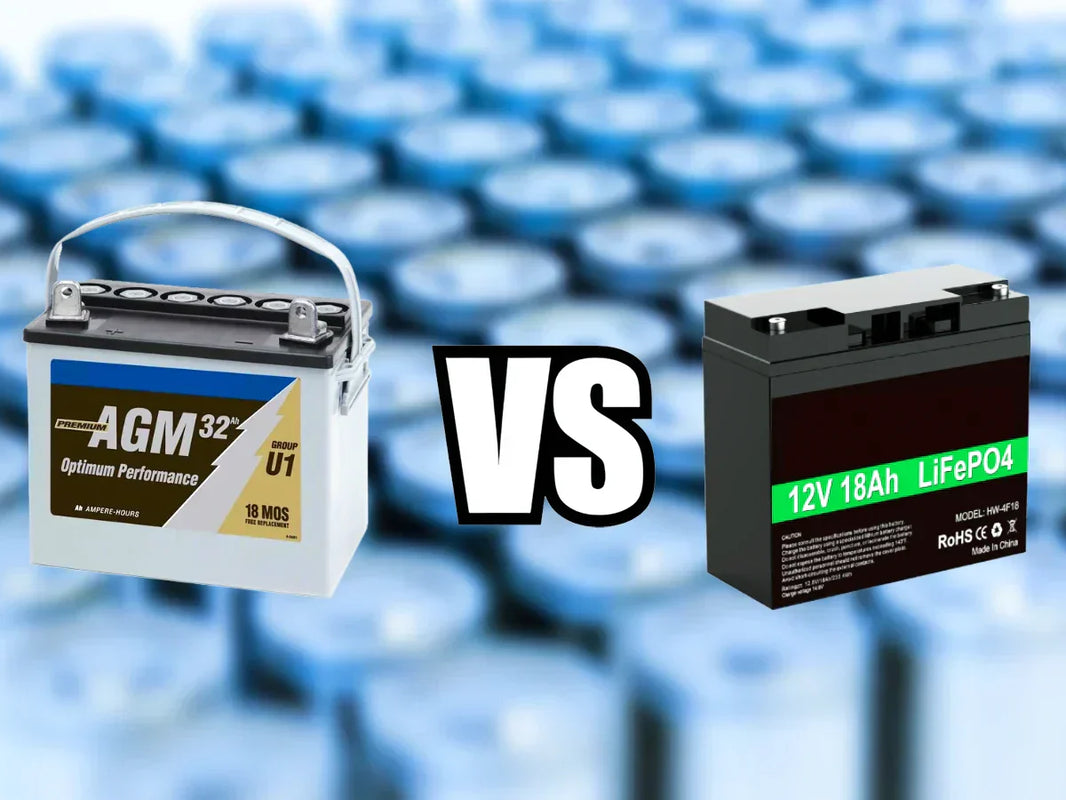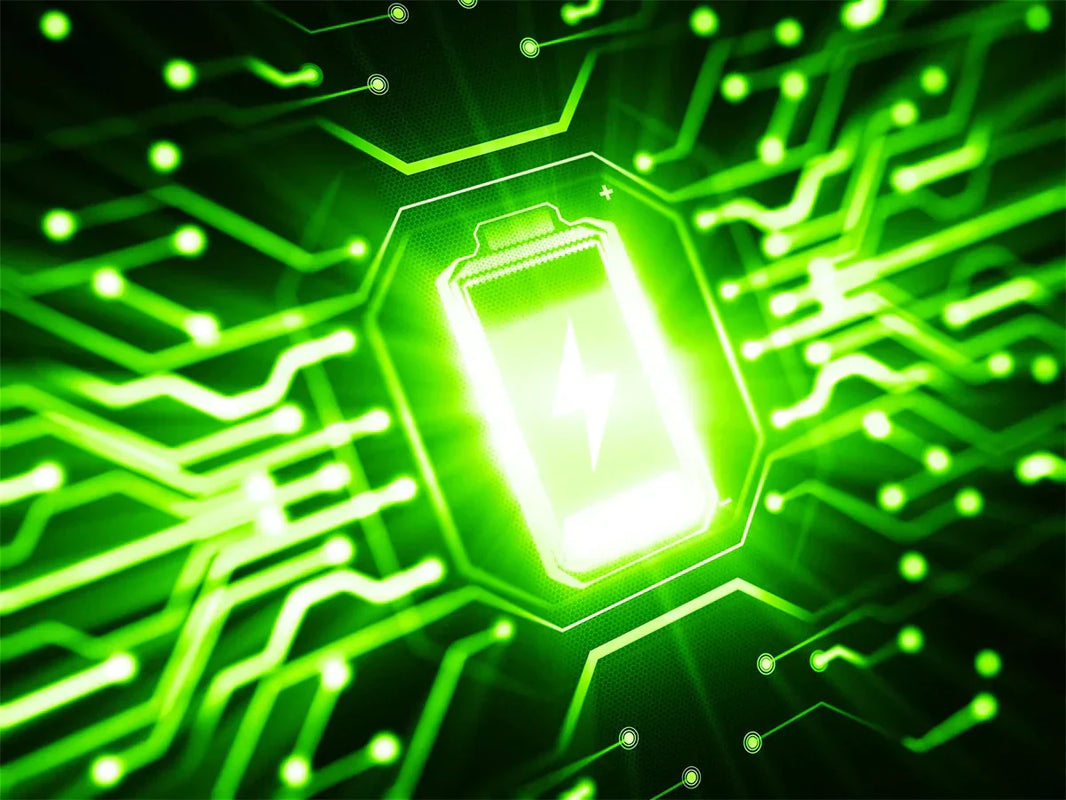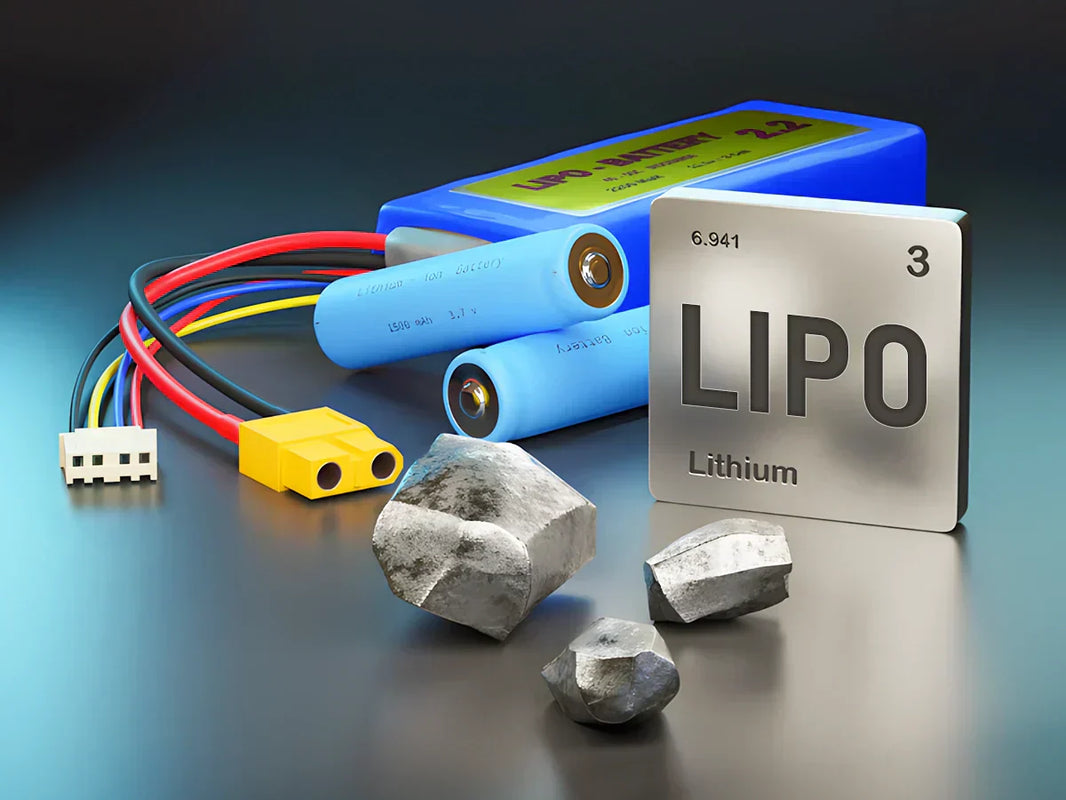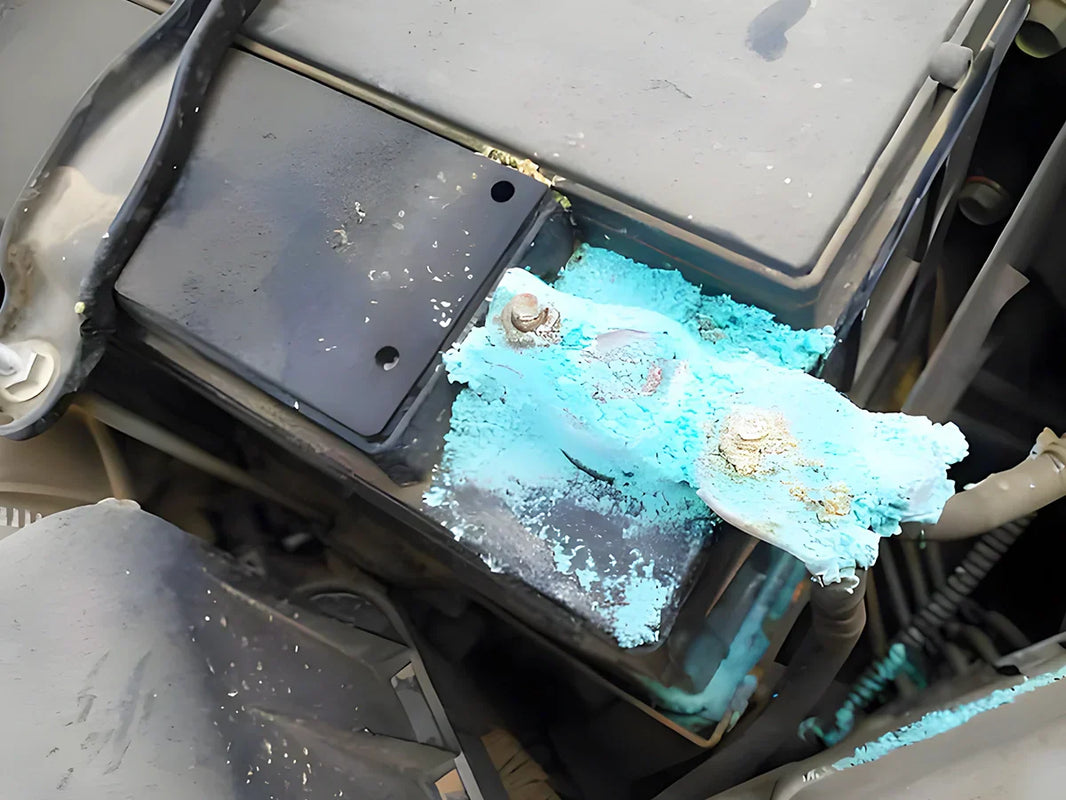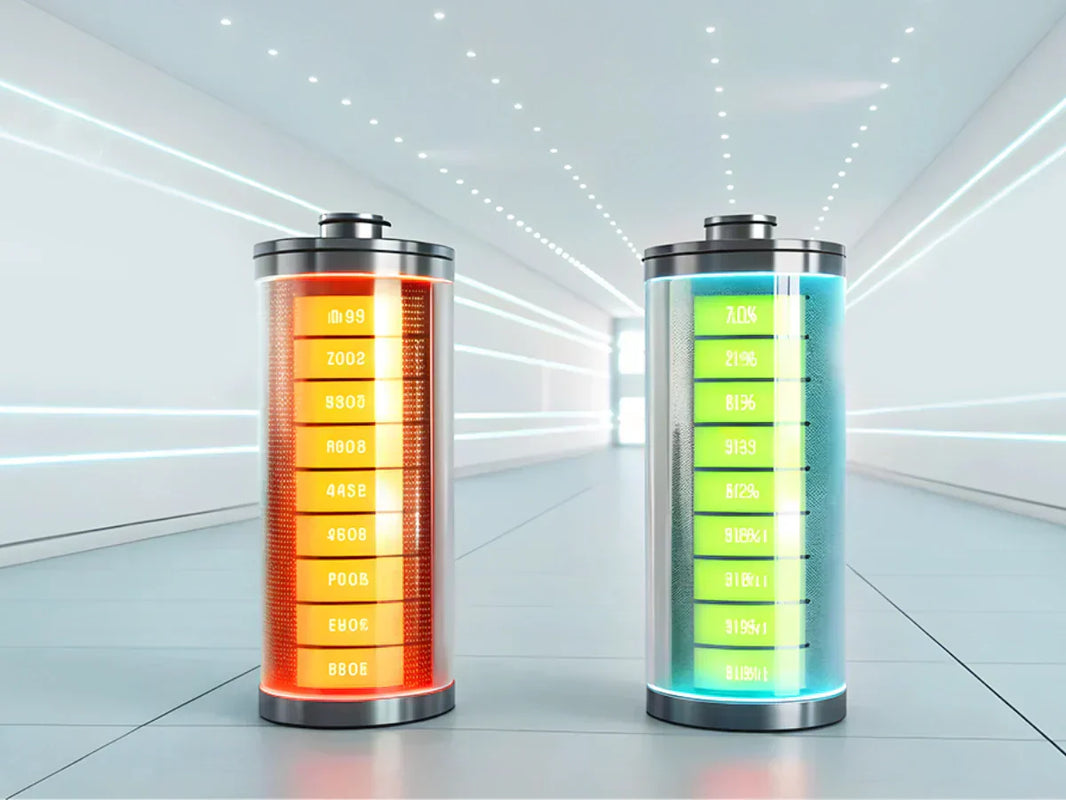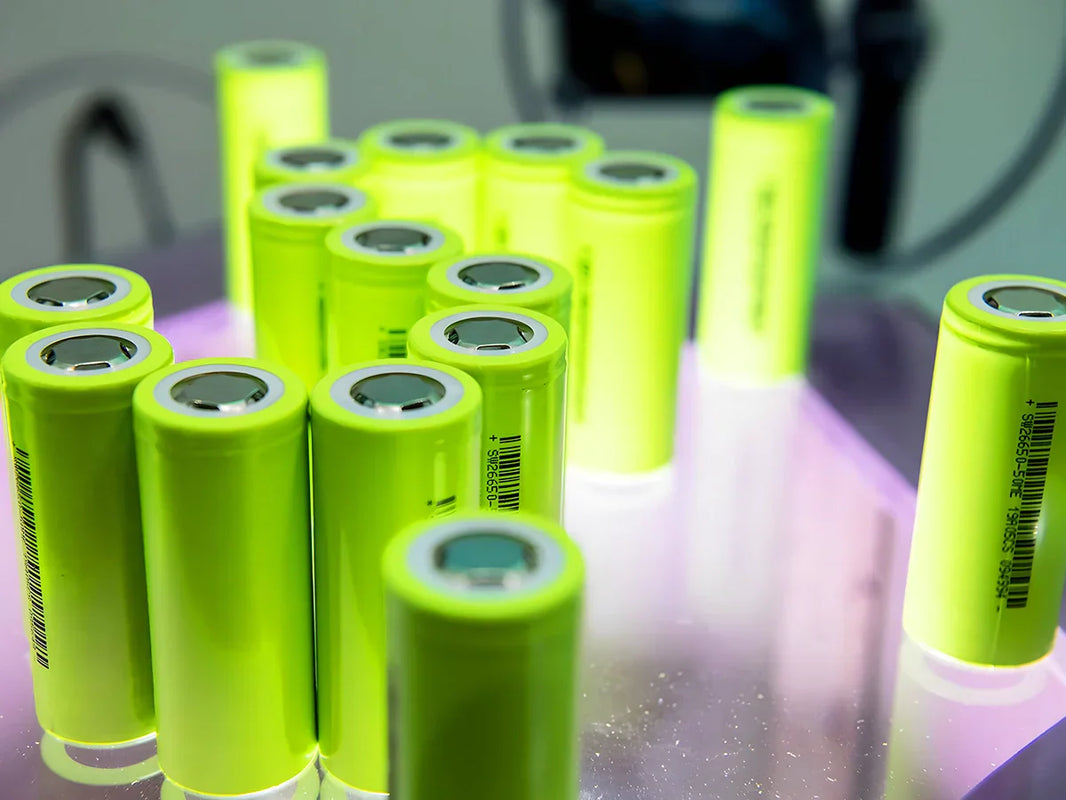
The structure of a hybrid drive system equipped with a fuel cell is mainly composed of a fuel cell system as a basic power source, a peak power source (PPS), a motor drive device, a vehicle controller, and an electronic interface between the fuel cell system and the peak power source.

structure of a hybrid drive system equipped with a fuel cell
The power flow between the fuel cell system, the peak power supply and the drive system is controlled by a control strategy preset in the EV controller, which should ensure the following functions:
①The output power of the electric motor always meets the power demand of the vehicle;
②The energy level of the peak power supply is always maintained in its optimal range;
③ The fuel cell system operates in its optimum efficiency region.
In the control of fuel cell vehicles, the traction command or braking command given by the driver through the accelerator pedal or brake pedal, the vehicle's control system generates the corresponding control strategy. According to the characteristics of the fuel cell, the operating mode of the vehicle can be divided into For standstill mode, braking mode and traction mode, the specific working conditions of each mode are as follows.
Standstill mode: Neither the fuel cell system nor the peak power supply supplies power to the drive system, and the fuel cell system can operate in a no-load state.
Braking mode: The fuel cell system can run in no-load state, and the peak power source absorbs regenerative braking energy according to the operating characteristics of the braking system.
Traction mode: If the input power of the vehicle motor is greater than the rated power of the fuel cell system, the hybrid traction mode is applied, and the fuel cell system and the peak power supply jointly power the motor. The fuel cell system operates at its rated power state; if the input power of the motor is less than the fuel cell system The rated power of the battery system is powered by the fuel cell system, and the peak power supply can be charged according to the situation; if the input power of the motor is less than the rated power of the fuel cell system and the peak power supply does not need to be charged, the fuel cell can be used for power supply alone or according to the situation. Powered separately by peak power.

Structure of a fuel cell vehicle
First, the chemical energy stored in the fuel must first be converted into thermal energy before it can be transformed into mechanical energy or electrical energy; second, the traditional energy utilization method brings a lot of waste water, waste heat, waste gas, waste residue and noise pollution to the human living environment . In order to utilize energy more effectively and eliminate the drawbacks of traditional energy utilization methods, people have been looking for energy utilization methods with high energy utilization rate and no environmental pollution for many years. Fuel cell technology relies on its high efficiency The excellent characteristics of environmental protection and zero emission stand out among many new energy technologies and become a hot spot of attention and research, with broad development potential and application prospects.
In the fuel electrode, H2 in the supplied fuel gas is decomposed into hydrogen ions (H+) and electrons (e-), H+ moves to the electrolyte and reacts with the oxygen supplied from the air electrode side, and e- is returned to the The air electrode side participates in the reaction on the air electrode side. A series of reactions contribute to the uninterrupted movement of e- through the outer loop, thus constituting power generation. And it can be seen from the general reaction formula that water is formed by the reaction of hydrogen and oxygen, and the chemical energy of hydrogen is converted into electrical energy, and there is no other reaction. But in fact, due to a certain resistance in the electrode reaction, part of the heat energy will be generated, thereby reducing the ratio of conversion into electrical energy. Therefore, in order to obtain a large output power, it is necessary to obtain a high-voltage stack by stacking multiple layers of components. The electrical connection between the components and the separation between the fuel gas and the air use a part called a separator, which has gas flow paths on the upper and lower sides. The PEMFC separators are all composed of carbon materials. The power of the fuel cell stack is determined by the total voltage and current, the magnitude of which is proportional to the reaction area in the cell.

fuel cell vehicle
Hydrogen fuel for fuel cell vehicles can be obtained in different ways. Some vehicles carry pure hydrogen fuel directly, while others have fuel reformers that power the vehicles by converting hydrocarbon fuels into hydrogen-rich gas that reacts with oxygen in a fuel cell to generate electricity. Since the energy provided by a single fuel cell cannot meet the needs of driving the vehicle, it must be combined into a fuel cell stack in order to obtain the required power and meet the use requirements of the vehicle.
The working principle of a fuel cell vehicle is that in the fuel cell mounted on the vehicle, the hydrogen used as fuel is chemically reacted with oxygen in the air to generate electricity to run the electric motor, thereby driving the vehicle. Methanol, natural gas and gasoline can also be used as energy sources for fuel cell vehicles but produce very small amounts of carbon dioxide and nitrogen oxides. But in general, the chemical reactions in fuel cells produce only water in addition to electricity.

The working principle of the fuel cell



